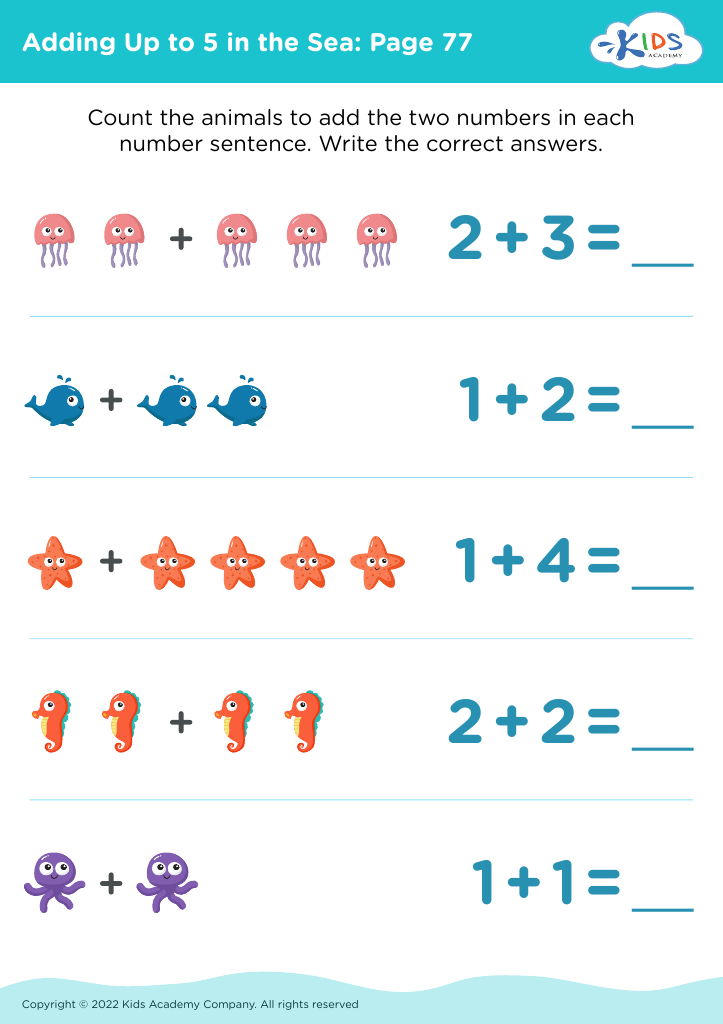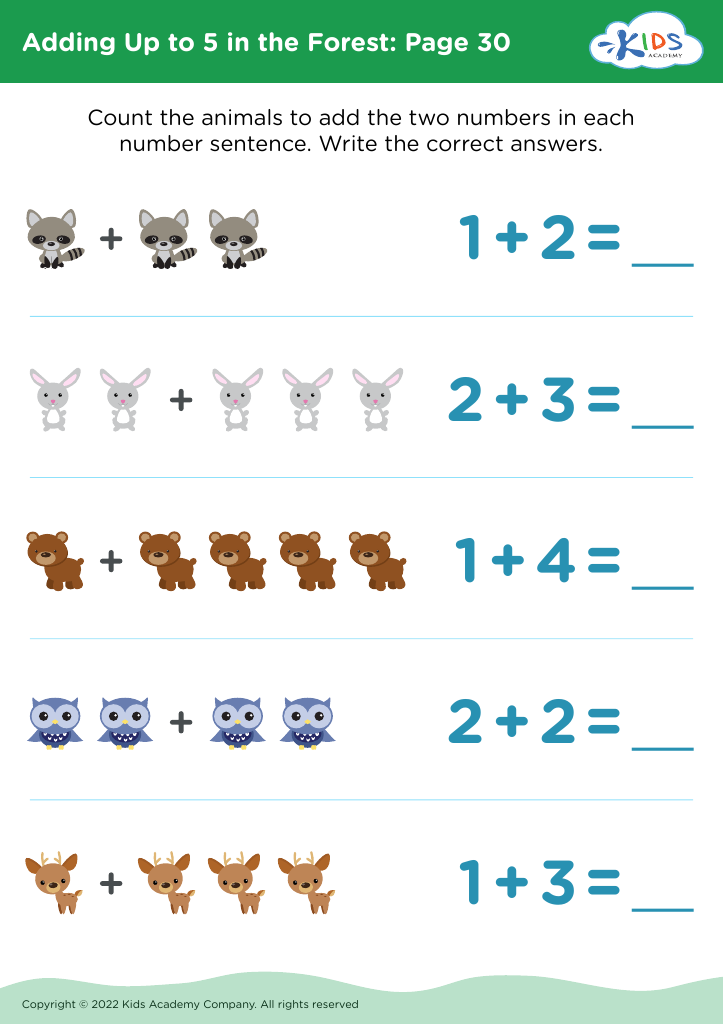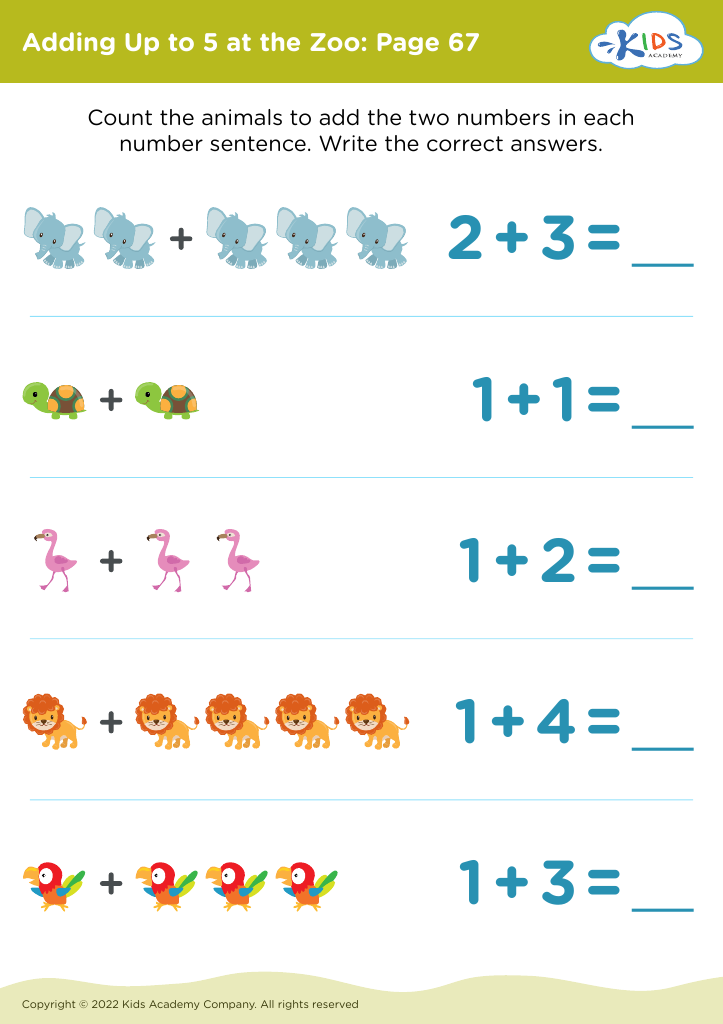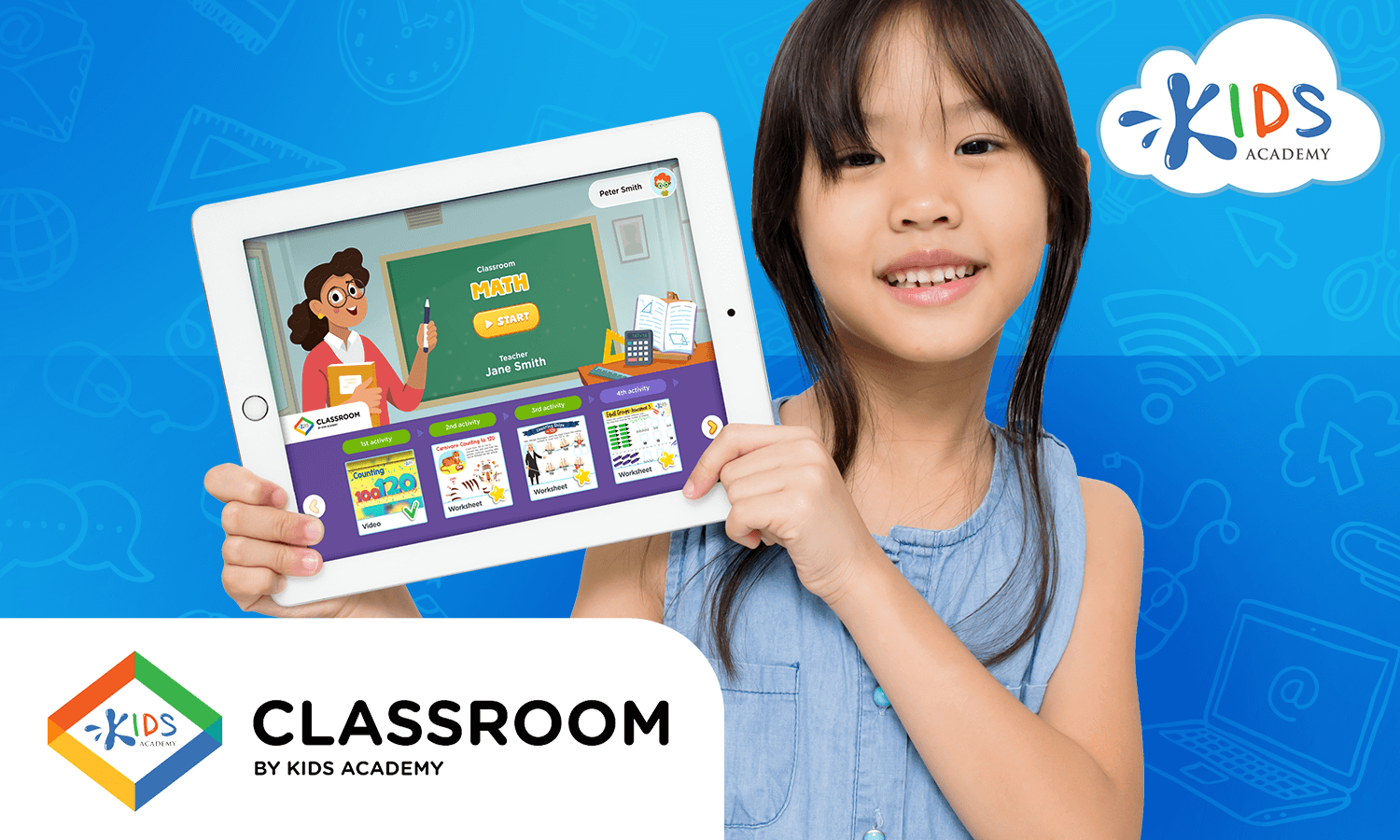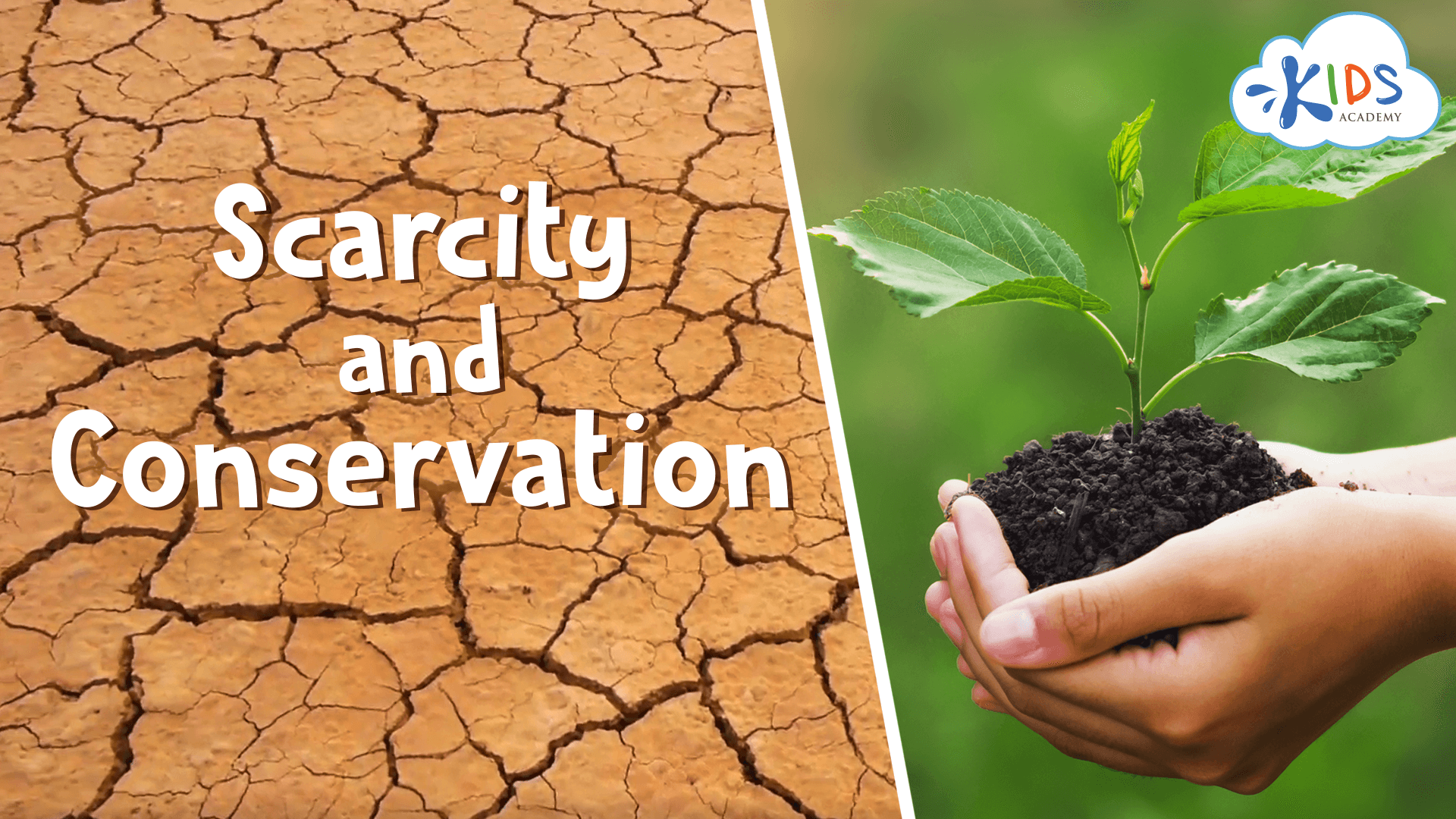Visual learning reinforcement Worksheets for Ages 4-6
7 filtered results
-
From - To
Discover our engaging Visual Learning Reinforcement Worksheets designed specifically for children aged 4-6! These worksheets enhance visual learning through fun and interactive activities, helping young learners master essential skills such as shapes, colors, patterns, and sorting. Our colorful and captivating designs capture children's attention, making education enjoyable and effective. Ideal for both parents and educators, these printable resources promote independent learning while building confidence. Encourage your child's creativity and critical thinking with exercises that stimulate their visual senses. Explore our diverse collection to support your child’s early development and lay the foundation for lifelong learning. Start their educational journey today!
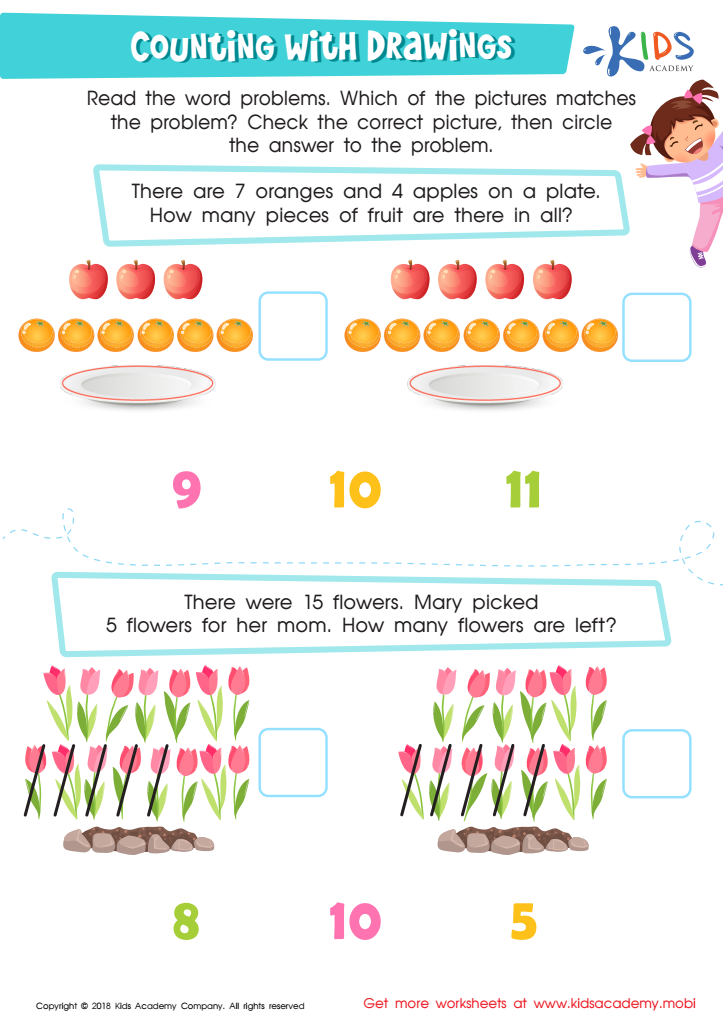

Counting with Drawings: Fruits & Chocolates Worksheet
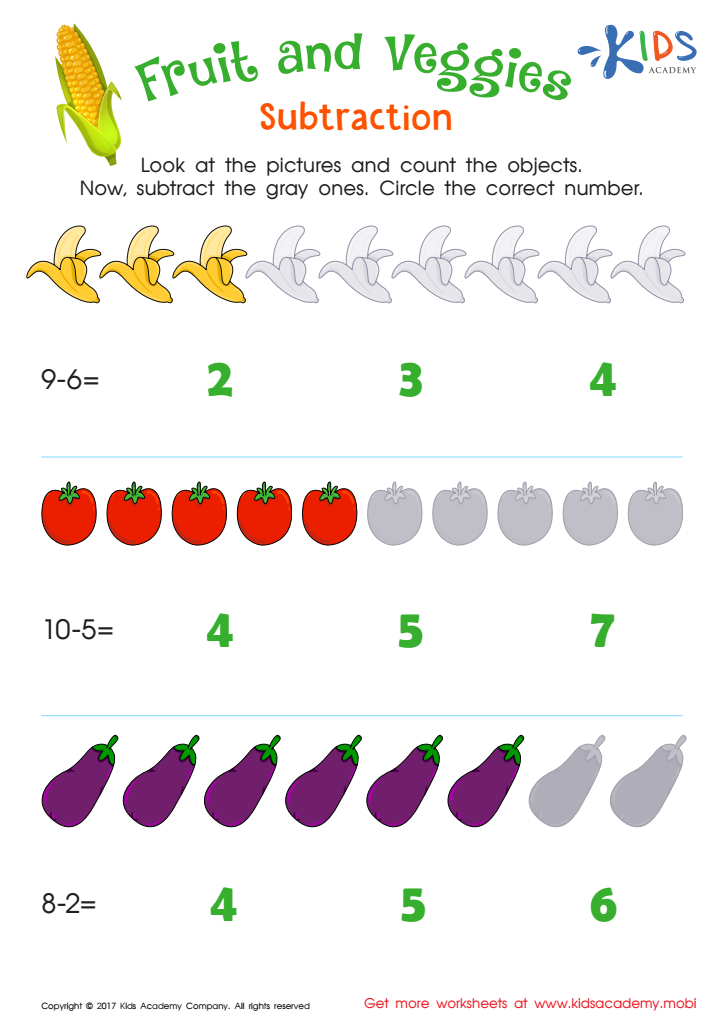

Fruit and Veggies Subtraction Worksheet
Visual learning reinforcement is essential for children aged 4-6 as it taps into their natural inclination towards visual stimuli, enhancing engagement and retention. At this developmental stage, children are often more responsive to images, colors, and shapes, which can significantly aid in understanding complex concepts.
Parents and teachers should prioritize visual learning because it caters to different learning styles, allowing visual learners to thrive. Engaging visuals can simplify information, making it more accessible and relatable. For instance, using storybooks filled with illustrations helps spark imagination while teaching literacy skills.
Additionally, visual learning supports memory retention. Children are more likely to remember information presented visually, such as through charts, diagrams, or flashcards, compared to mere verbal instruction. This reinforcement encourages critical thinking and problem-solving, as children begin to associate visuals with concepts, fostering a deeper understanding.
Creating a visually-rich learning environment, both at home and in the classroom, can stimulate curiosity and motivate children to explore and inquire further. Ultimately, investing in visual learning reinforces foundational skills while setting the stage for lifelong learning habits. Thus, parents and teachers should actively engage in strategies that incorporate visual elements into early education.
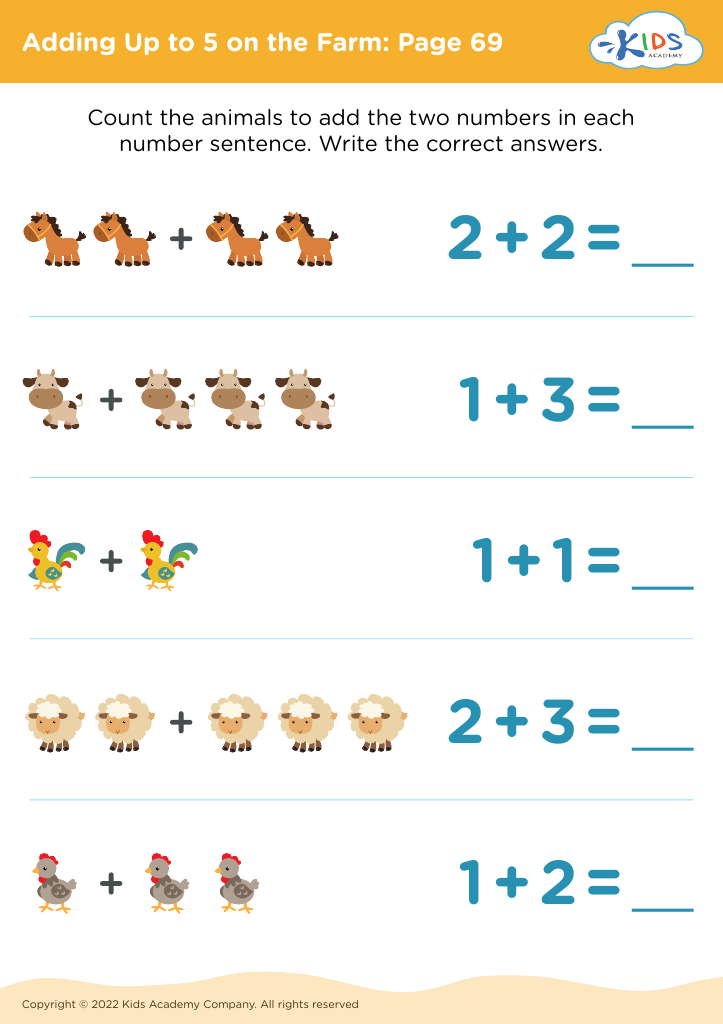
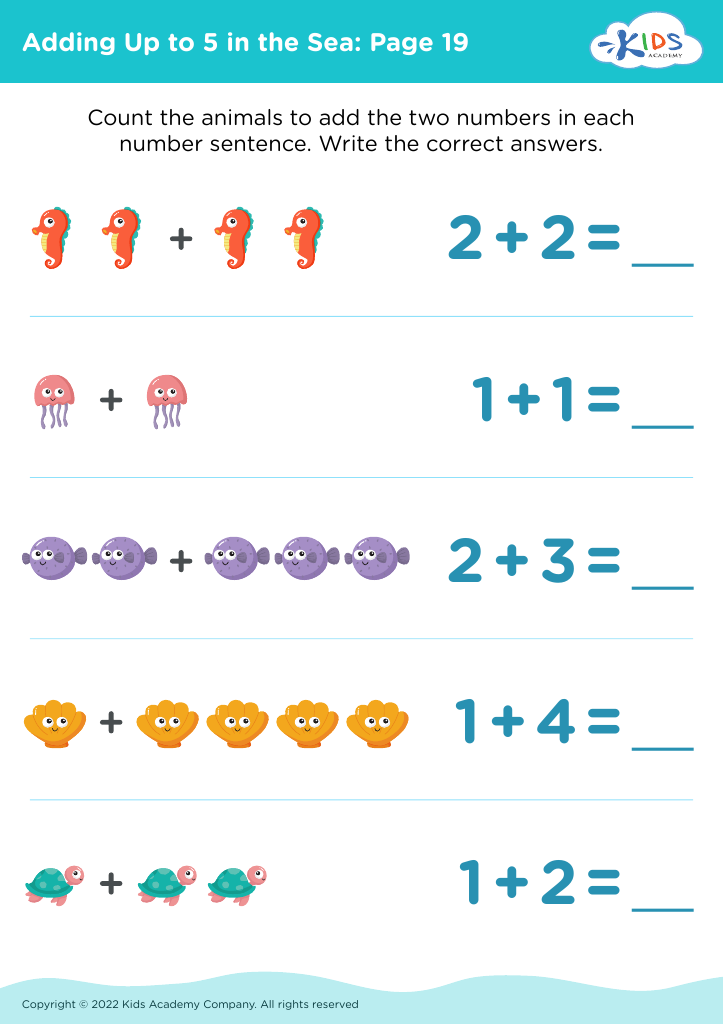
 Assign to My Students
Assign to My Students
